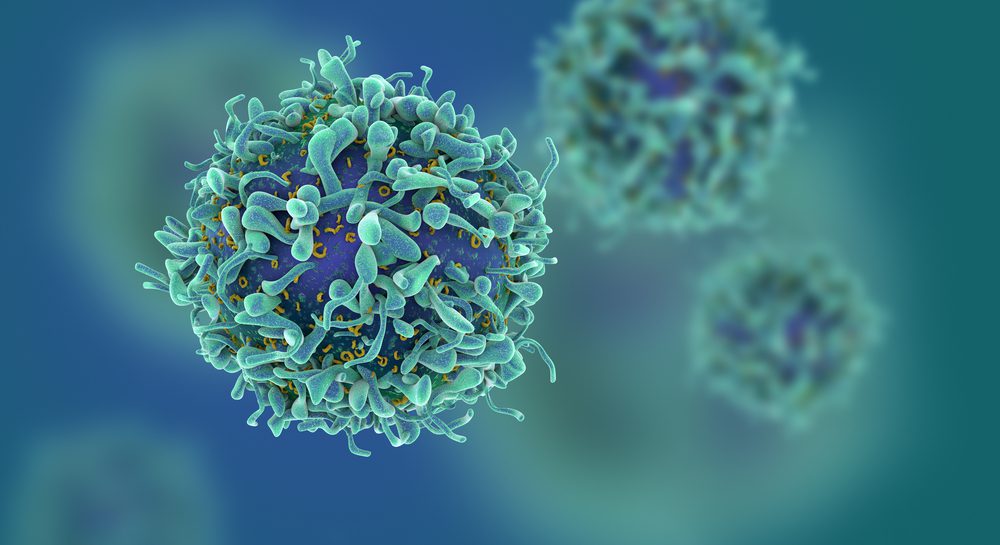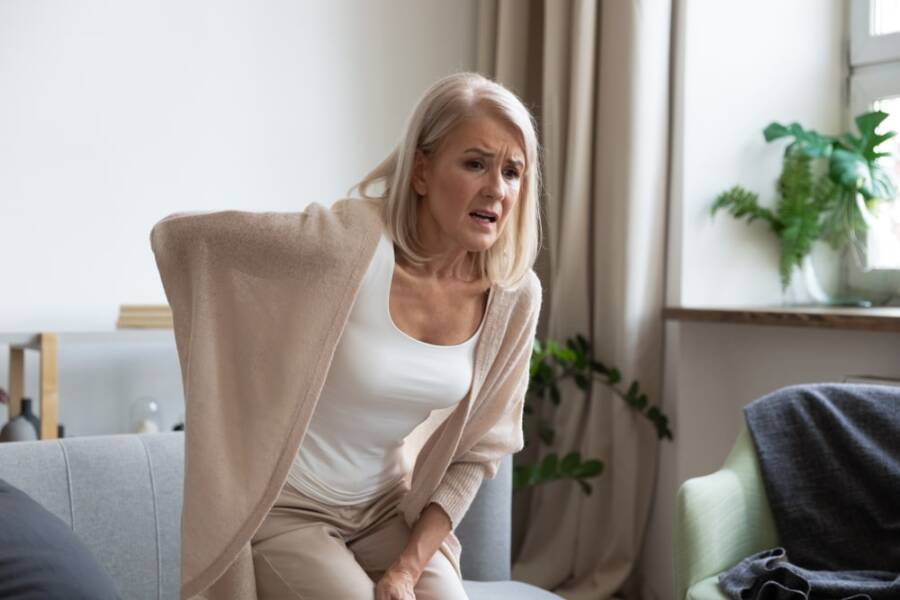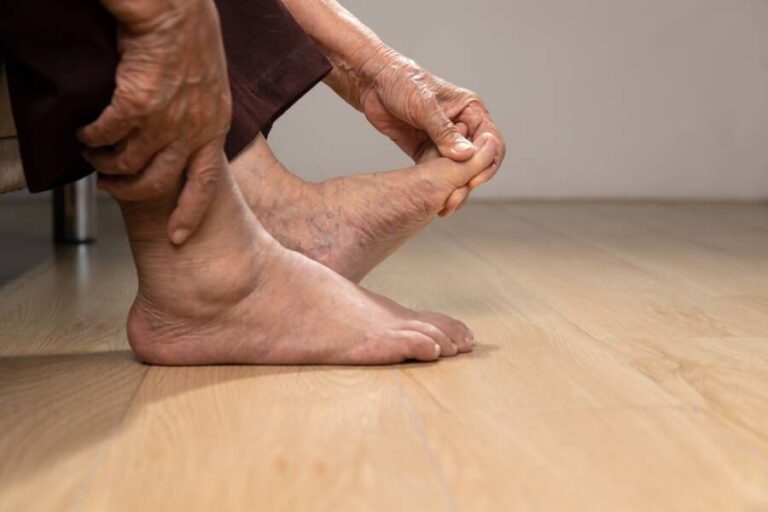
Sarcoma
Sarcoma is actually a tumor that, in the early stages, does not have any symptoms. They can be made out of any type of body tissue, from fat and muscle to bone, cartilage, or even deep skin tissues. Despite its wide variety, it’s a very rare type of cancer to have as an adult, with only around 1 percent of all adult patients with cancer having sarcoma.
This, however, makes it very common in children, where sarcoma accounts for 15 to 20 percent of all cancers found in children. Because they just grow out as anomalies, without being connected to the surface where they would be easier to spot, sarcoma tumors end up being very large when they start causing symptoms in patients.
The only way to diagnose sarcoma tumors, even in the event that they are caught at an early stage, is through biopsy. Any other types of less invasive ways of diagnosis, including blood markers, are inefficient as the tumor doesn’t produce them. Unless the patient has a high risk of developing such cancer, it’s not a screening done very frequently.
Unfortunately, it is best to try to catch this type of tumor at as early a stage as possible, as the only way to cure it is through surgery: removing the tumor and hoping the cancerous cells haven’t spread further. Any other types of treatment have proven not to be as effective.


























4 thoughts on “Early Stage Cancer: 7 Types That Are Almost Impossible to Detect”
I survivrd a 1.5 X 1.7 cm pancreatic adenocarcinoma in the bile duct of the pancreatic head. The way I knew it was there, despite lack of symptoms was as follows:
I had a sonogram of the adominal area for another reason—which turned out negative for what the dr. thought was happening. I had no symptoms. the radiology report listed an observation of “dilated pancreatic main duct”. As I usually do, I looked up what this meant. It said that there was an 80% chance a neoplasm would start to grow in that duct. It could be malignant or benign or start out as benign and become malignant. My grandmother died of pancreatic cancer. I had been treated for a very small adenocarcinoma called “non mammary pagets disease” in the outer vulva. I read all sorts of info. Included was a statement from surgical oncologists that non mammary paget’s usually occurs secondary to another cancer. Since previous med center ct’s and sonograms showed no cancers y oincolgist for the paget’s figured there was no other cancer. I also read that with pancreatic cancer you can have it for 10–15 years before it actually reveals itself—also it cannot be seen on a ct unless it is larger than 1/2 cm.
When you are awake your conscious mind is in charge; when you are asleep the subconscious mind is in charge. What the sub conscious mind does when you are asleep is to figure out the significance of all the information you have in your mind. When I woke up I knew I probably had a cancer in the pancreatic duct—so at the check up for the paget’s I told that gynecological oncology surgeon to do a ct scan because I was sure there would be a pancreatic cancer there and I was refusing to die from pancreatic cancer. He had the ct scan done. We drove home from MSK in NYC the next day (about 300 miles). 2 days later I was called to return for a more finely descriminating ct—-and 2 days after that one was called and told that I had an appointment with the head of the hepatobilliary dept.—who when I met him said—You have cancer—youre getting surgery–then chemo and radiation. Ireplied calmly “I know” because I had gotten the radiology report and read every thing I could about this. 😊 The doctor said ” are you one of those people who likes to read about everything that’s going on?” I said “yes” so he handed me a 68 page print out about every detail of the whipple procedure and after care etc.
So it is good for people to get preventive checkups, evenbuying their own tests and reeading what the significance of the test and all results means—BUT I have to admit–this whole diagnosis was sort of part luck. I was also wondering if since I’s been doing Qi Gong, Tai Chi, and some martial arts for years if I somehow had a closer connection between my mind and body—which sound really weirs, but anyway I am glad some very brilliant scientists have researched ways to survive the after effects of chemo and radiaiton because unfortunatley the cures soome timmes kill you later on.
That was 4 1/2 yearas ago. I am currently using off label d oses of rapamycin and disanitib and quercetin. Why? Research shows an answer tot the question”why do people with a cancer later get another one?” The answer. Excessive mTOR type 1 and excessive scenecent cells ( nicknamed Zombie cells by the researchers). The rapamycin stops your body from amking more scenecent cells and stops cardiomyopathy, and prevents fibrosys of the heart , lung and muscles (which are all side effects later from chemo). The D and Q kills the remaining excessive scenecent cells and alklows your body to make new mesenchymal stem cells. This is calle d a senolytic. The other senolytic uis fisetin. There are specific protocols for these 3 things and a dr. is required to supervise your use and results and to prescribe the rapamycin and the disatinib. I am currently in excellent health even though I am 74 and the survival rate for what I had is very low.
You are my hero along with my friend, Dee, who found the disease early and had Whipple surgery (which sounds like an ordeal in itself). Dee works out with CrossFit and was recently declared the 26th strongest 65 year old woman in the world. God love her. Sadly, my brother was diagnosed with Stage 4 and passed last November at age 63. Here’s to you and Dee – two incredible women who were meant to conquer that cruel disease!
How did you gain the opportunity for a doctor to prescibe those medications and does your insurance cover the expense?
My wife was diagnosed in April of 2014 with Ovarian cancer. True to form, she was the top of stage three and was give 6 months. The cancer had no idea how tough this woman was. She went through chemo, then surgery, then chemo again. She made it for 27 months after that day.
She taught for 40 years. She was a wife, a mother, a teacher, a community leader, and a good person. we were married for 43 1/2 years.